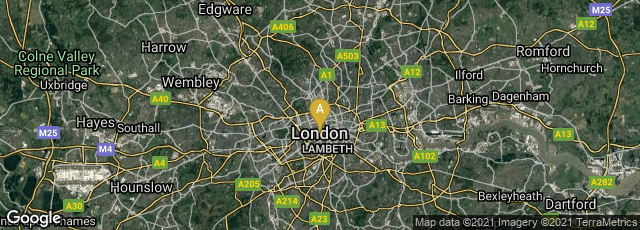In 1839 writer and publisher Charles Knight published
A Treatise on Wood Engraving, Historical and Practical. With Upwards of Three Hundred Illustrations Engraved on Wood by John Jackson. As the title stated, the book was first an extensively illustrated history of wood engraving, followed by an extensively illustrated treatise on how to create wood engravings. The title page of the book and the title lettering on the spine were unusual in that the illustrator,
John Jackson, was credited, but the author was not identified in either location. Instead the author and primary writer of the text, who had been paid by Jackson to write the book,
William Andrew Chatto, identified himself in a second preface which was edited by Jackson and Knight without Chatto's permission. So much did these changes to his preface anger Chatto that after publication of the book Chatto published a 36-page pamphlet with an exceptionally verbose title attacking Jackson and Knight called:
A third preface to "A treatise on wood engraving, historical and practical": exposing the fallacies contained in the first, restoring the passages suppressed in the second, and containing an account of Mr. John Jackson's actual share in the composition and illustration of that work: in a letter to Stephen Oliver. By Wm. A. Chatto, author the first seven chapters of the work, and the writer of the whole as originally printed. (London: Printed for the Author, 1839).
Ordinarily such a pamphlet might be extremely difficult to find by now, but courtesy of the Hathi Trust a digital version is readily available to all. The pamphlet is a window into an unusual and complicated conflict between an author and his "ghost writer"; in any case Jackson would have been responsible for the unusual way that the book was credited since he paid to have it written.
Besides the lack of credit to the author/editor Chatto, this book was distinctive among Charles Knight's publications in that there appears to be no publisher's cloth binding for the edition. Instead the only presumably original edition binding on the roughly ten copies that I have seen is a quarter morocco binding. Besides this, the book was printed on better paper than Knight typically used on his publications, and it was printed by Bentley rather than William Clowes, who printed the majority of Knight's many books. Most copies also contained an extra, added color Baxter print, and an example of color printing by Knight's patented proprietary process, plus one of his special color-printed "illuminated maps" of the Holy Land. These were included in the Table of Contents (pp. 713-715) as "Parson at Ovingham, engraved in chiaro-scuro, and
printed in oil colours by George Baxter," and "A Café in Constantinople, and a Design for a Pattern-- two of Charles Knight's recently patented
"Illuminated Prints." (Usually it was one or the other of Knight's color printing samples that was included.) These color printing processes were relevant since they both employed woodcuts.
Toward the end of the book Jackson, who created many of the woodcuts published in Knight's
The Penny Magazine, and who became an expert on preparing wood engravings for printing by printing machine, explained on pp. 725-738 the art of printing woodcuts on printing machines driven by steam engines. This was probably the first discussion of this issue, especially as written by one of the artists who created the wood engravings. Jackson stated that wood engravings could easily tolerate 20,000 impressions on a printing machine, and that some could withstand 100,000 impressions while they were printed along with the type on the page. For this reason, the durability of woodblocks, and the ease of printing them by machine in very large editions, represented a significant cost advantage over the much more delicate and more difficult to print copperplate engravings, which typically had to be printed separately from type. Jackson ignored the aspect that woodcuts and text could be stereotyped, and that the stereotypes could be used to print even more impressions.
When London publisher Henry Bohn acquired the copyright from Jackson's younger brother, the wood engraver, and issued an
expanded and updated second edition in 1861, Bohn was careful to characterize Jackson as the illustrator and Chatto as the author of "the historical portion" of the book on the title page, and place Chatto's name under Jackson's on the spine of the original cloth bindings of the second edition. Bohn alluded to Chatto's pamphlet entitled "Third Preface," but chose not to quote it or refer to it in detail in his edition.
Finally in 1881 William Andrew Chatto was credited as the author with John Jackson credited as the illustrator in
new edition published by Chatto and Windus of London.

